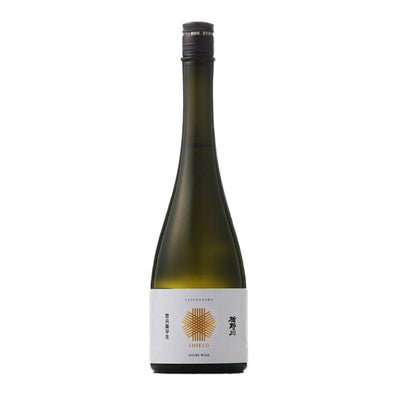Types of Sake Rice: Omachi and Its Characteristics
Omachi is the only variety that has been cultivated uninterruptedly for more than 100 years, since its discovery in 1859 by a farmer in Omachi, Naka-ku, Okayama City. Omachi is a sake rice variety that is particularly popular among drinkers, and even has fans called "Omachiists" who are addicted to the charm of Omachi and prefer to drink Omachi sake.
Before the advent of Yamadanishiki, Omachi was the star of the competition. However, since it was a wild variety, the yield was low, it was susceptible to pests and diseases, and because it was tall, it was prone to falling. As a result, the number of producers dwindled during the war when the need to increase food production was urgent, and it became known as a phantom sake rice. Later, thanks to the efforts of sake breweries and others eager to revive it, production was revived. Currently, 95% of the total production is from Okayama Prefecture.
As for the characteristics of Omachi, the aroma is more subdued than Yamada Nishiki, and the sake is more about the taste than the aroma. It has a full and round flavor, with harmony between the sweetness and acidity of the rice. Complex taste with a wide range harmonizes with all kinds of food.

Recommended Omachi Sake
After Okayama, Hiroshima is the next most important home for Omachi sake rice. One brewery that is especially passionate about Omachi rice is Nakano Jozo, located in Takehara, Hiroshima Prefecture. Together with five contract farmers, the brewery grows Omachi rice in the Nika district of Takehara. The efforts of Nakano Jozo, along with many sake breweries, have led to a revival of Omachi rice.
Their flagship Omachi rice sake is Seikyo Junmai Ginjo Omachi. Using Omachi rice polished to 55%, utmost care and time is given to the koji making process – the step that has the greatest impact on sake flavor. This sake also uses Nakao Sake Brewery’s original invented Apple Yeast made from apple skin which gives this sake beautiful Ginjo fragrance reminiscent of apple or pear.
















Leave a comment